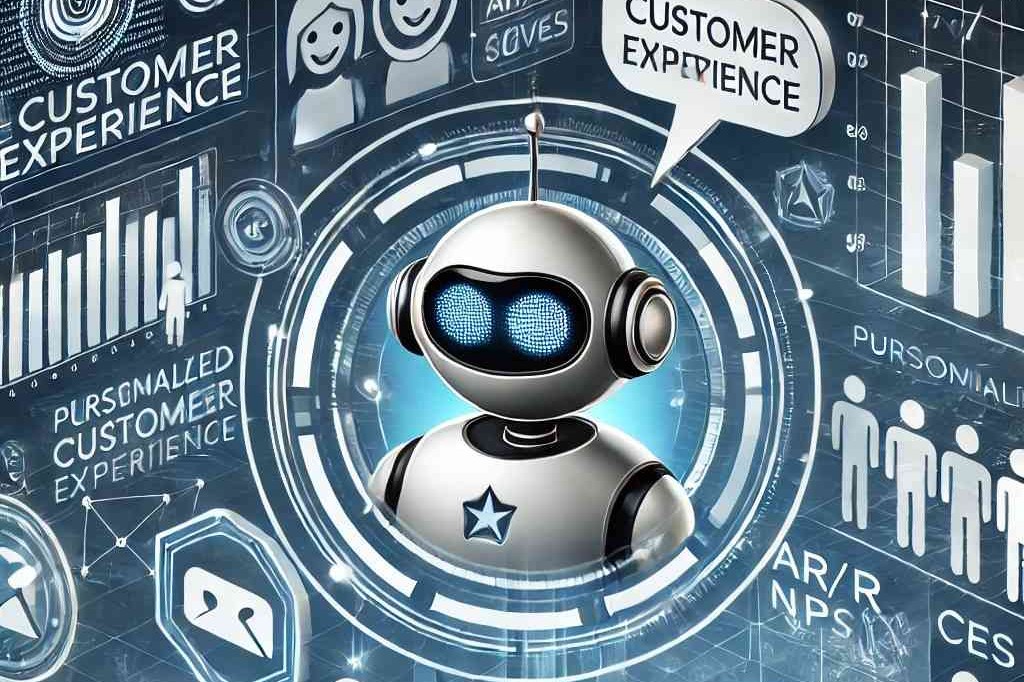16 December 2024
Customer Experience: Enhancing Business Success with Technology and Measurement
Customer experience has become a critical factor in the success of modern businesses. Companies must not only deliver quality products or services but also ensure that customers feel satisfied and valued at every interaction point. To achieve this, technology serves as a primary tool for enhancing customer experience, while measuring customer satisfaction provides valuable insights for continuous improvement. This article explores how technology can improve customer experience and how to effectively measure customer satisfaction.
Technology to Enhance Customer Experience
Technology offers numerous opportunities to improve customer experience, from faster interactions to personalization and better services. Here are some key technologies and their benefits:
1. Chatbots and AI-Powered Customer Service
AI-driven chatbots enable quick responses to customer inquiries, answering FAQs, and resolving issues without long wait times. These chatbots provide 24/7 service, ensuring customers feel valued and receive instant solutions.
Benefits:
Enhances satisfaction with instant responses.
Reduces the workload of customer service teams.
2. Personalization Through Data
Analytics technology allows companies to analyze customer data to provide personalized experiences, such as product recommendations or special offers based on preferences and purchase history.
Benefits:
Boosts customer engagement.
Increases loyalty through relevant approaches.
3. Mobile Applications
User-friendly apps make it easy for customers to shop, track orders, or access services quickly. Additional features like service scheduling or personalized reminders enhance the experience.
Benefits:
Provides anytime access.
Delivers an integrated experience.
4. Augmented Reality (AR) & Virtual Reality (VR)
AR and VR technologies offer engaging interactive experiences, such as "trying" products before purchase, from clothing to furniture.
Benefits:
Increases customer confidence in products.
Creates enjoyable shopping experiences.
5. Marketing Automation
Marketing automation enables companies to send relevant messages or offers at the right time, increasing the chances of positive interactions.
Benefits:
Improves efficiency in marketing campaigns.
Enhances experience with timely communication.
6. Social Media and Online Reviews
Social media enables direct interaction with customers, whether answering questions or addressing complaints. Online reviews provide a platform for customer feedback.
Benefits:
Strengthens engagement and relationships with customers.
Offers insights from feedback for improvement.
Measuring Customer Satisfaction Effectively
After using technology to enhance the customer experience, the next step is measuring their satisfaction. Here are effective methods:
1. Customer Satisfaction Surveys
Short questionnaires provide direct feedback from customers after using a product or service. Questions can use scales, such as 1–5 or 1–10, to gauge satisfaction levels.
Example:
"How satisfied are you with our service today?"
2. Net Promoter Score (NPS)
NPS measures customer loyalty by asking how likely they are to recommend a product or service to others.
Key Question:
"How likely are you to recommend us to your peers?"
3. Customer Effort Score (CES)
CES gauges how easy it was for customers to resolve their requests or issues.
Key Question:
"How easy was it to resolve your issue with us?"
4. Reviews and Testimonials
Monitoring reviews on social media and online platforms provides insights into customer satisfaction and identifies areas for improvement.
5. Social Media Analysis
Sentiment analysis of customer conversations on social media helps companies understand whether customer perceptions are positive or negative.
6. Customer Journey Mapping
Mapping the entire customer journey, from initial contact to post-purchase, helps identify pain points and areas for improvement.
Connecting Technology with Measurement
To maximize the benefits of technology, businesses must integrate it with measurement methods. For example:
Data from chatbots can be used to analyze Customer Effort Scores (CES).
Customer survey results can guide the development of new features in mobile apps.
Online review analysis can inform personalization strategies through data.
By leveraging technology to enhance customer experience and measuring satisfaction effectively, companies can continuously improve services, strengthen customer loyalty, and build lasting relationships.
Superior customer experience combines technology that supports better interactions with accurate measurement to understand customer needs. By adopting technologies such as chatbots, mobile apps, and AR/VR, along with methods like NPS and satisfaction surveys, companies can create experiences that are not only satisfying but also foster loyalty. In the digital era, integrating these elements is the key to staying relevant and competitive.
Is this information helpful?
